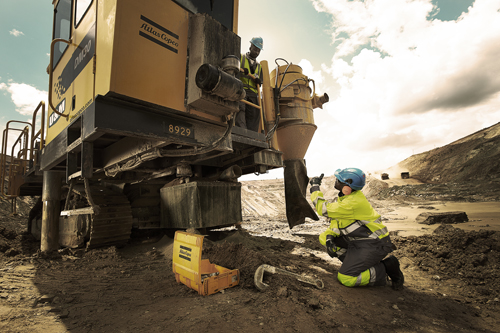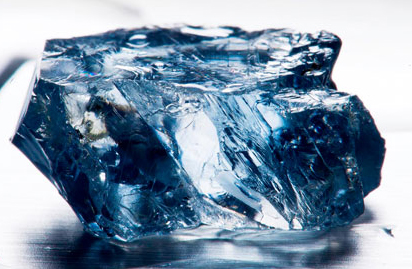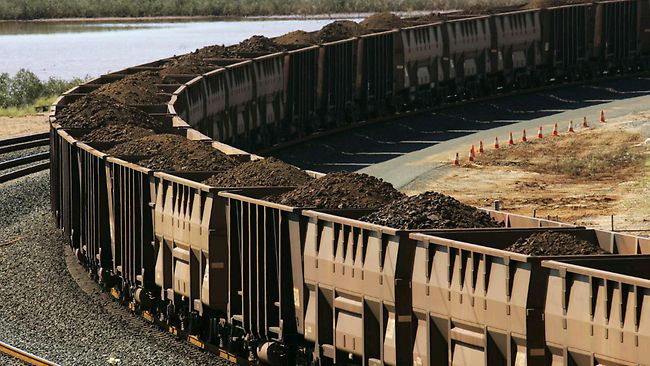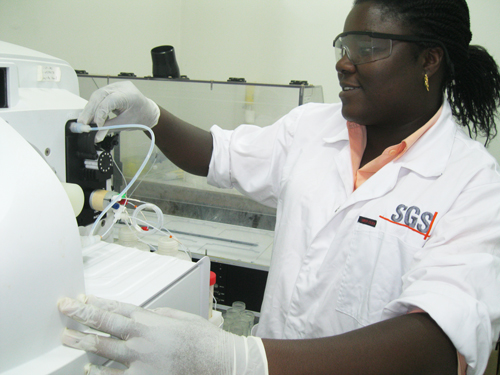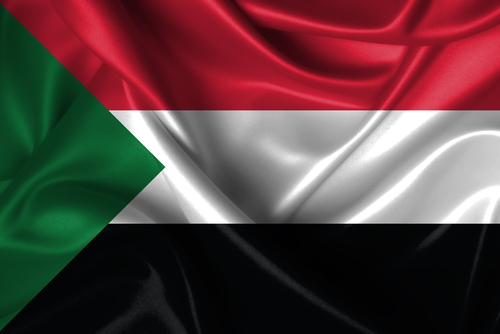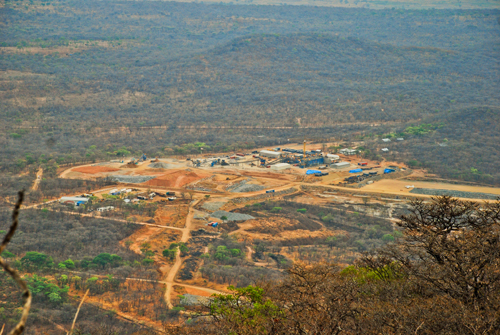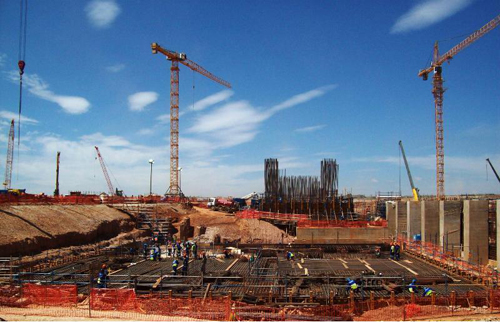
ATS started life in 1996 by plugging a hole in the market. A Canadian minerals company working in Ghana and other African countries found it impossible to get the support it needed at its remote sites – like an army, an exploration company marches on its stomach. It hired an experienced facilities manager Jez Simms to meet its immediate needs, with such success that the unit quickly grew into an entity in its own right, taking its first outside contract in 1997.



 ATSGroup-Africa-Mining-Feb14-Bro-s.pdf
ATSGroup-Africa-Mining-Feb14-Bro-s.pdf
